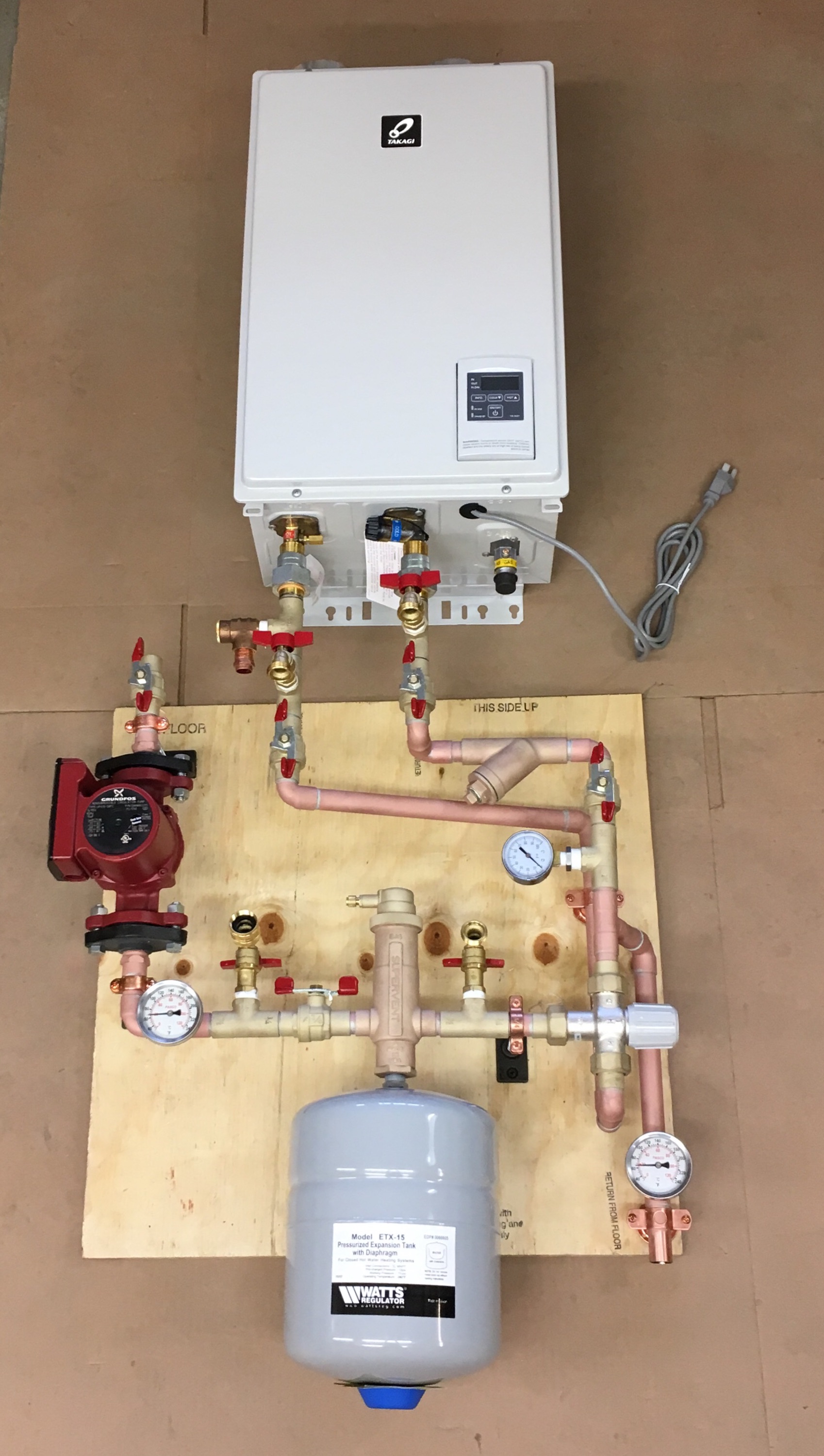

For starters, the uniform heat distribution over the entire surface of a floor heats the lower half of the room, enveloping inhabitants in warmth at a lower overall temperature-in some cases up to five degrees Fahrenheit cooler-than a conventional heating system. “Radiators and other forms of ‘point’ heating circulate heat inefficiently and hence need to run for longer periods to obtain comfort levels,” reports the Residential Energy Services Network (RESNet). “They draw cold air across the floor and send warm air up to the ceiling, where it then falls, heating the room from the top down, creating drafts and circulating dust and allergens.” RESNet adds that radiant systems transmit heat on average some 15 percent more efficiently than conventional radiators. The efficiency gains can be magnified significantly with good insulation and a well-designed system. While tearing out old heating systems and/or replacing decent existing flooring might be overkill for the sake of moving to radiant heat, those embarking on new building projects or contemplating major renovations should certainly consider it. According to TLC Network’s Green Living Guide, there are two main types of radiant heating, electric and hydronic. In the former, heated wires installed in the floor radiate heat upward. This type of radiant heat is most commonly used to retrofit a single room-especially a bathroom or kitchen-in an older house or building. Meanwhile, hydronic radiant heating, whereby heated water is forced through tubes under the floor, is more often designed into a new structure from the get-go, and is more energy efficient overall. TLC points out that while radiant heat is definitely more efficient in smaller, snug homes with lower roofs, it might not always be the greenest solution in homes with bigger rooms: “In some scenarios it can be less energy efficient than forced-air heating.” TLC recommends consulting with a reputable heating contractor to see if radiant heating is a sensible way to go. Of course, pairing a radiant heating system with an energy efficient EnergySTAR-approved programmable thermostat can indeed save households hundreds of dollars a year on home heating bills while keeping inhabitants warmer all year long.
#Diy hydronic radiant floor heating cost install#
Check out the free Database of State Incentives for Renewable Energy (DSIRE) to find out what kinds of tax rebates or other incentives might be available in your neck of the woods.AVERAGE COST TO INSTALL 1000 SQ/FT OF HEATED FLOORING Many states offer financial incentives to upgrade home and commercial heating systems in ways that boost energy efficiency. Your two options for a heated floor system are hydronic and electric, we explain more about these two systems and how they work below. For now let’s look at the typical cost of installing a 1000% sq.ft. The average cost to install 1,000 square feet of hydronic floor heating, including a boiler, materials and installation costs, would be $5,800 to $7,900. These prices cover the cost to install radiant floor heating in a concrete slab, the most common floor installation type. The boiler alone costs $1,750 to $5,100 for a boiler with this capacity. An average cost for a boiler installed with capacity for 1,000 square feet is $3,300. TYPES OF RADIANT FLOOR HEATING SYSTEMS AND HOW THEY WORK The average cost to install 1,000 square feet of Electric radiant floor heating is $9,800 $11,500.įor both system types, cost per square foot goes down slightly as the size of the flooring system goes up.

There are two types of radiant heat systems discussed in this article: hydronic radiant heating and electric radiant heating. The heat source is a boiler fired by gas, oil or wood or a combination of fuels.


 0 kommentar(er)
0 kommentar(er)
